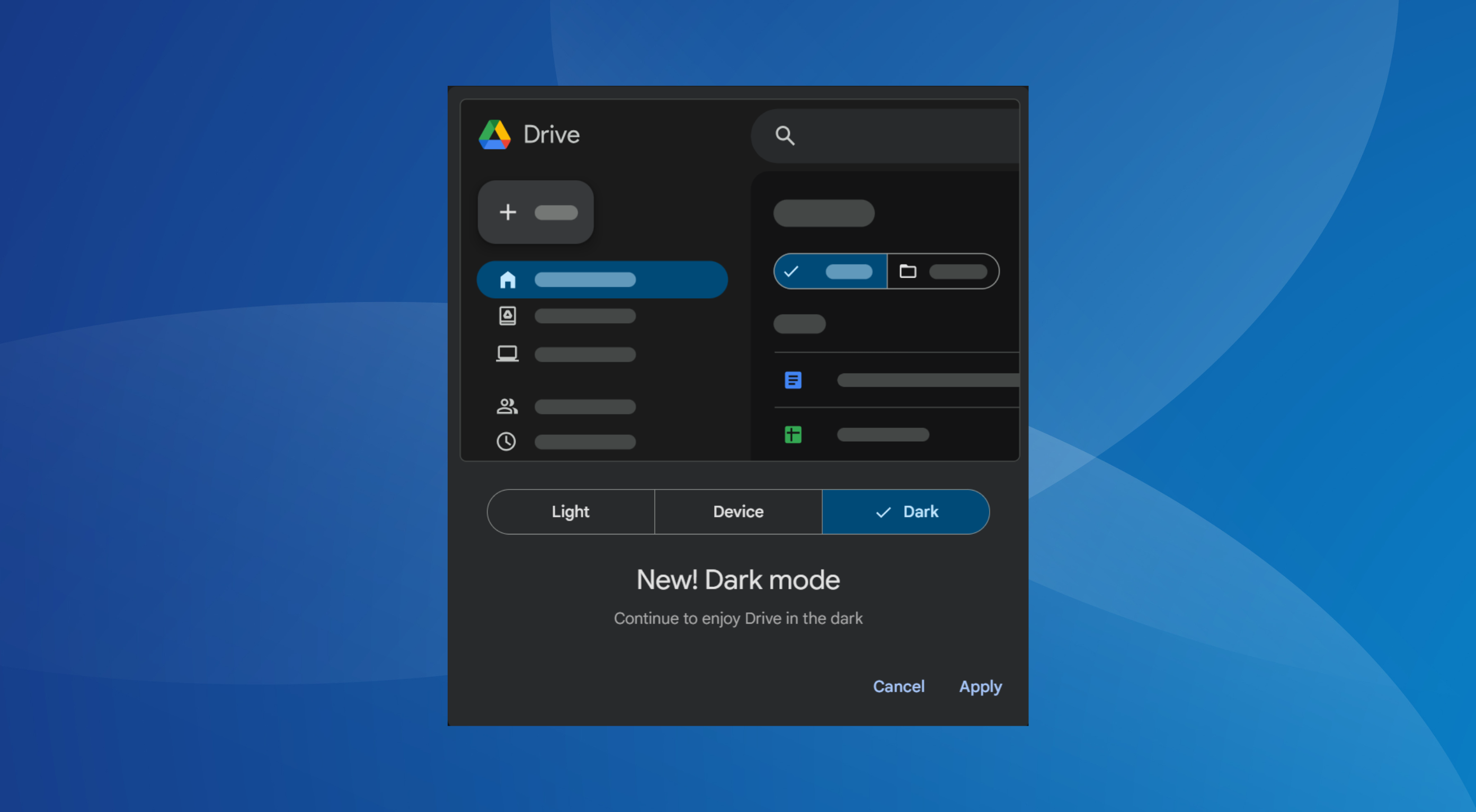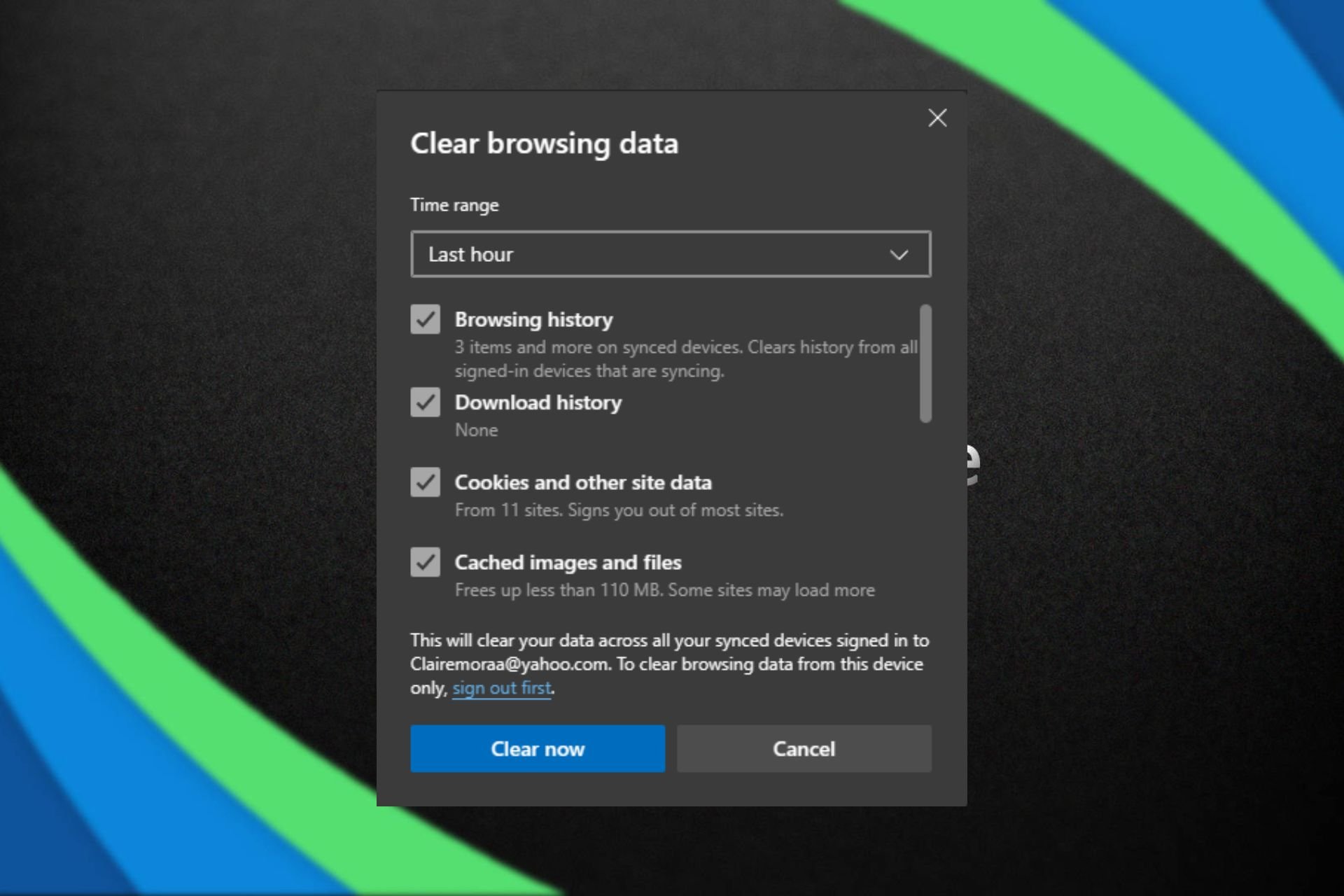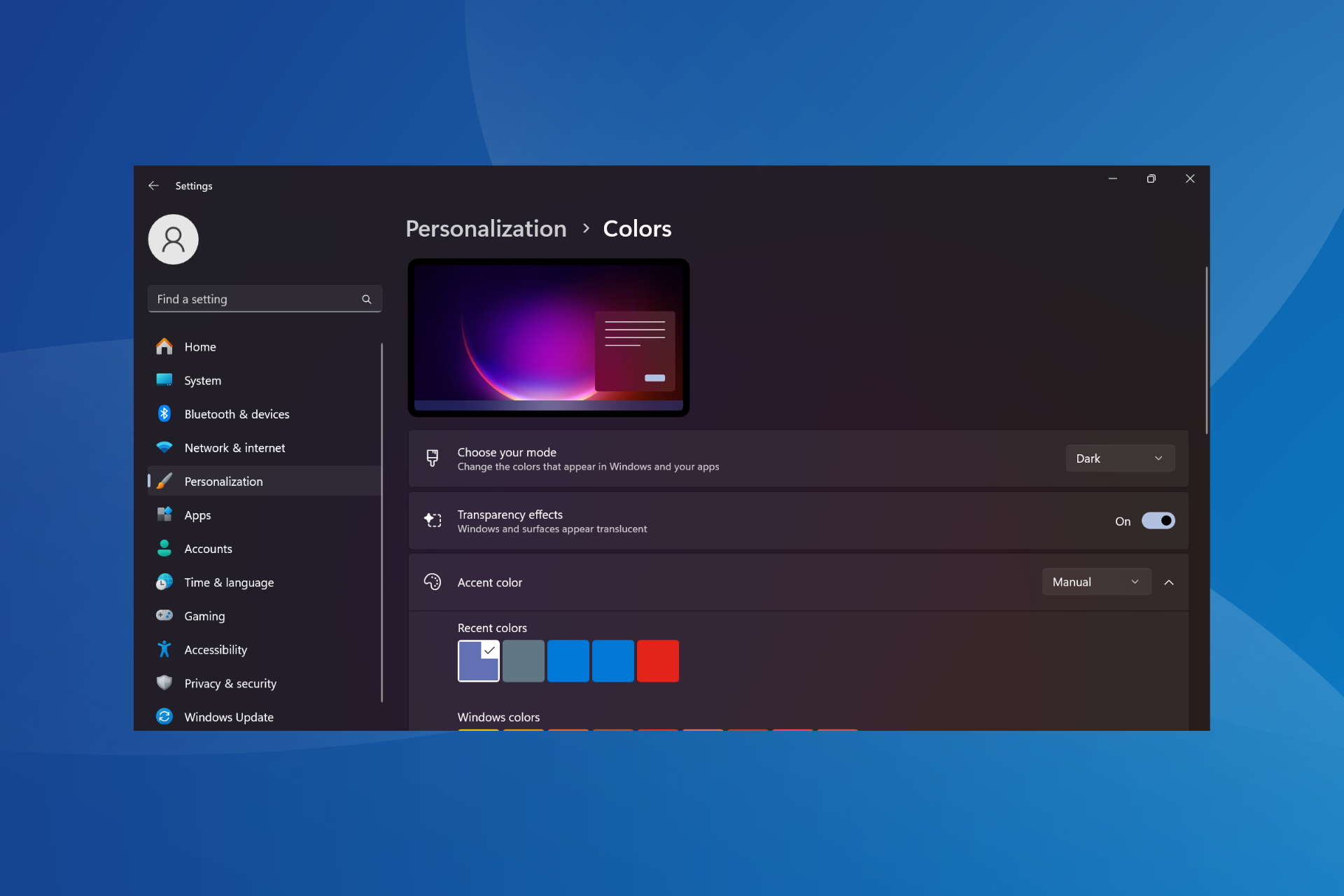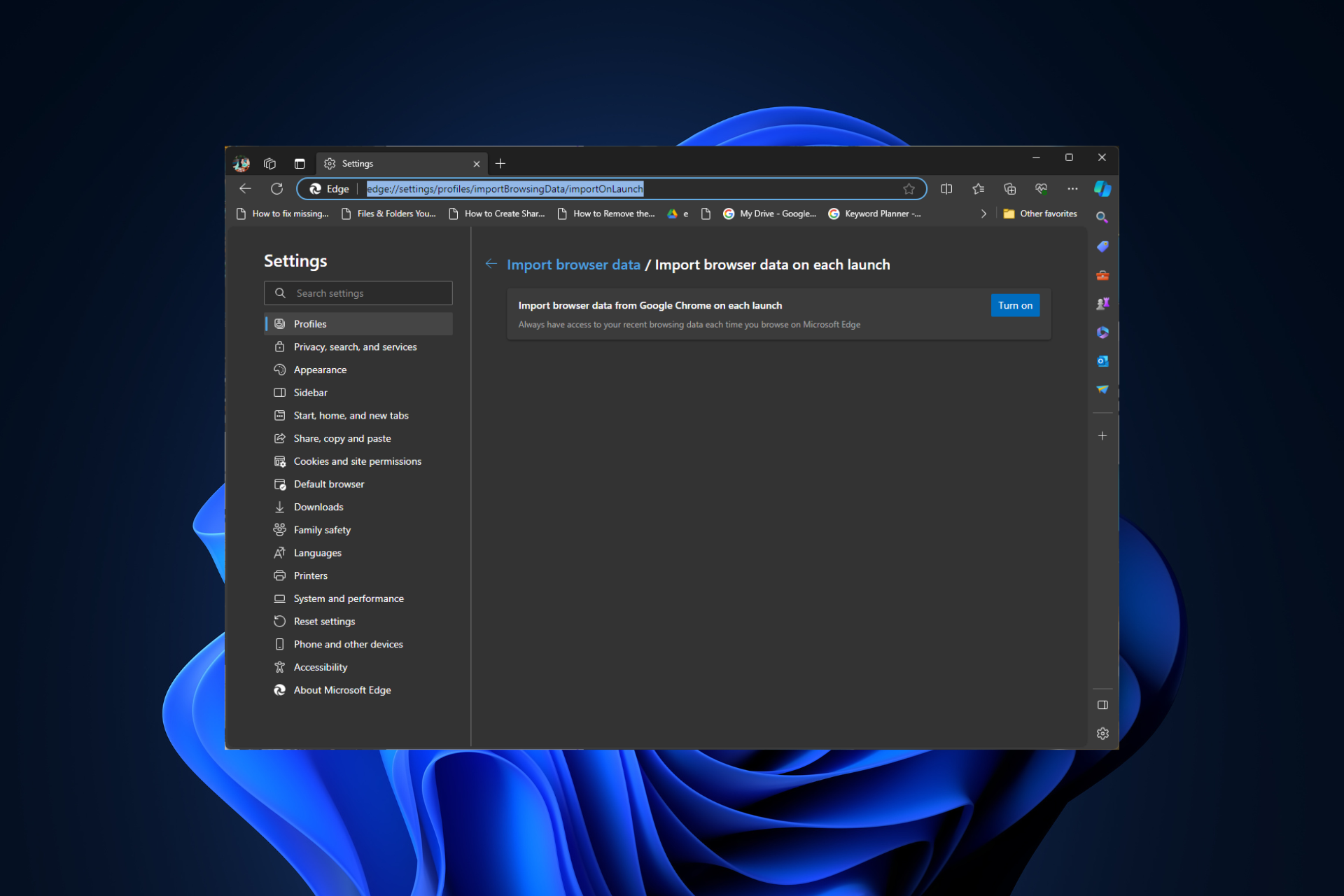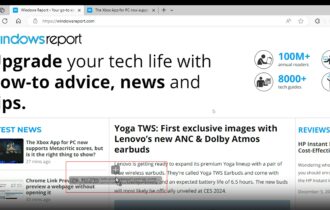How to Enable Microsoft Edge, Chromium, Dark Mode [Answer]
2 min. read
Updated on
Read our disclosure page to find out how can you help Windows Report sustain the editorial team Read more
Key notes
- The new Microsoft Edge is based on Chromium. With this change, support for Dark Mode also appeared, a very popular option among users.
- You can enable this by using certain flags or by going through the settings options. Both choices are presented in this article.
- If this was of use to you, bookmark our Windows 10 tips page to easily find anything useful.
- Find helpful tips and tricks in the Edge Browser section of the site.
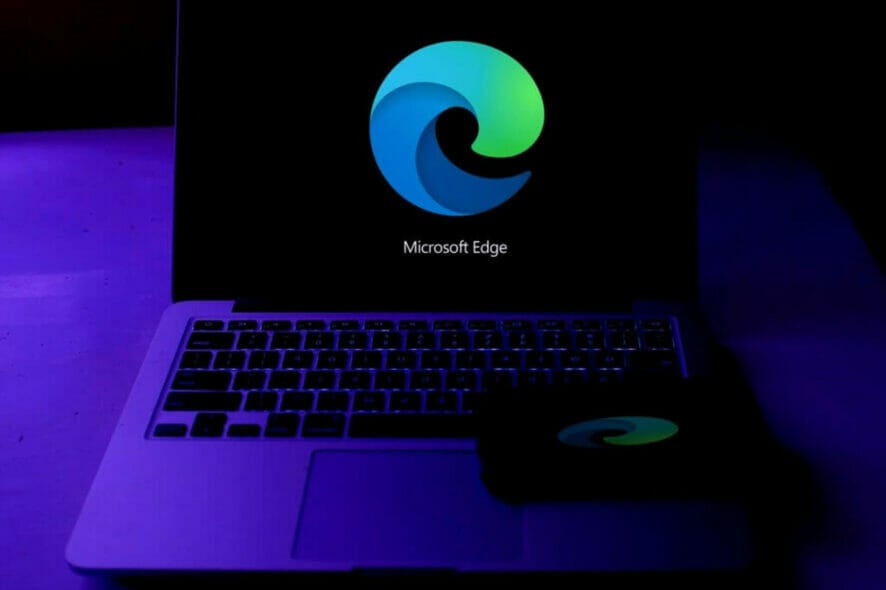
Microsoft Edge decided to switch from Internet Explorer to a new default browser a long time ago, and it is called Microsoft Edge.
Well, this browser has been through a lot of changes before finally adopting a Chromium-based engine, and now many users have switched to it, allowing it to gain great popularity.
However, one feature that everyone likes, especially gamers and those that browse at night, is the ability to activate night mode.
Well, we will be teaching you exactly how to activate this function on Microsoft Edge.
How to enable dark theme in Chromium Edge browser
- Download and install Microsoft Edge if you don’t already have it
- Press the 3 dots on the top-right corner of the menu
- Go to the Settings page from the drop-down menu
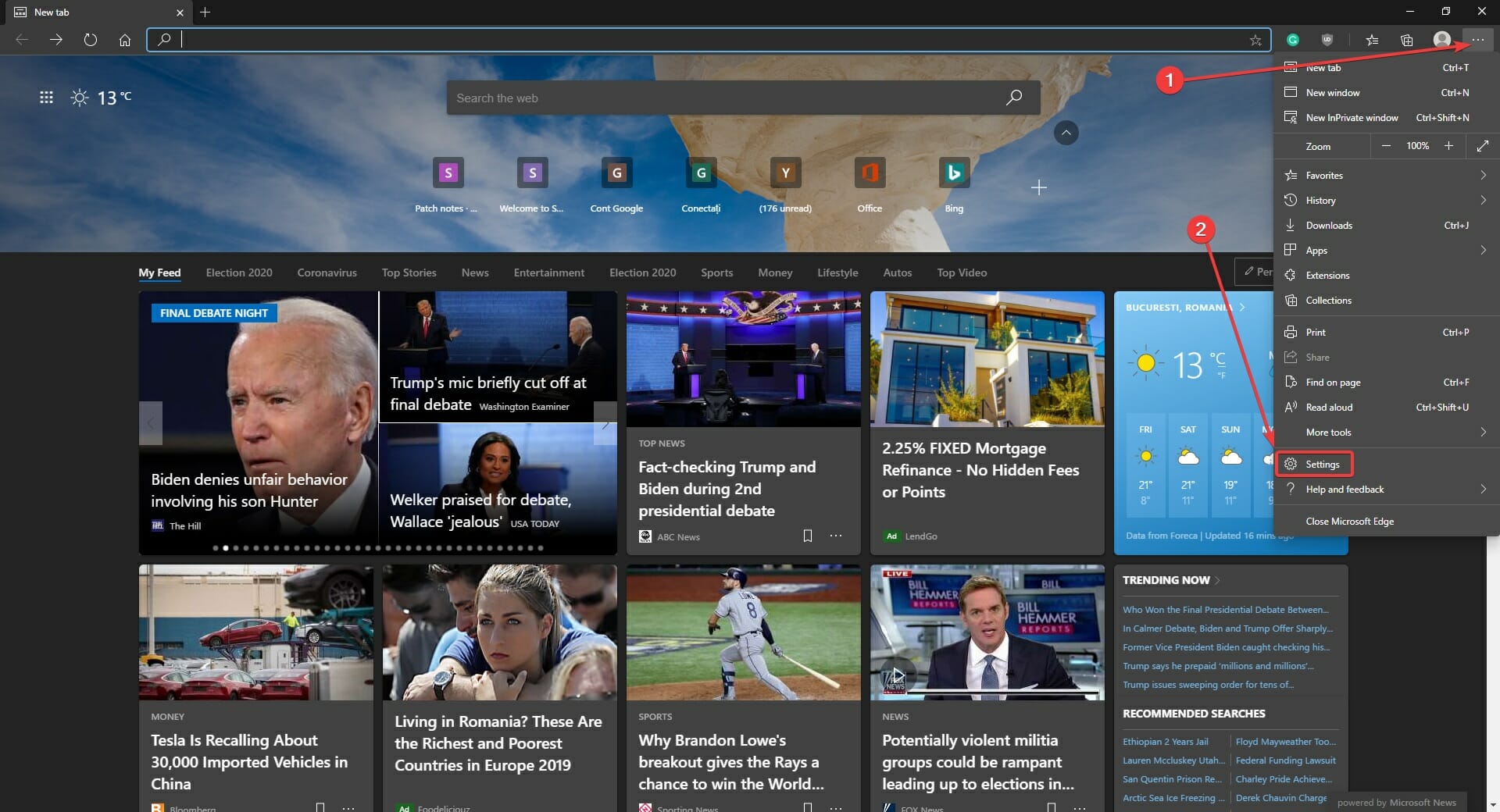
- Select Appearance from the settings menu
- In the dropdown menu next to Default theme, select Dark
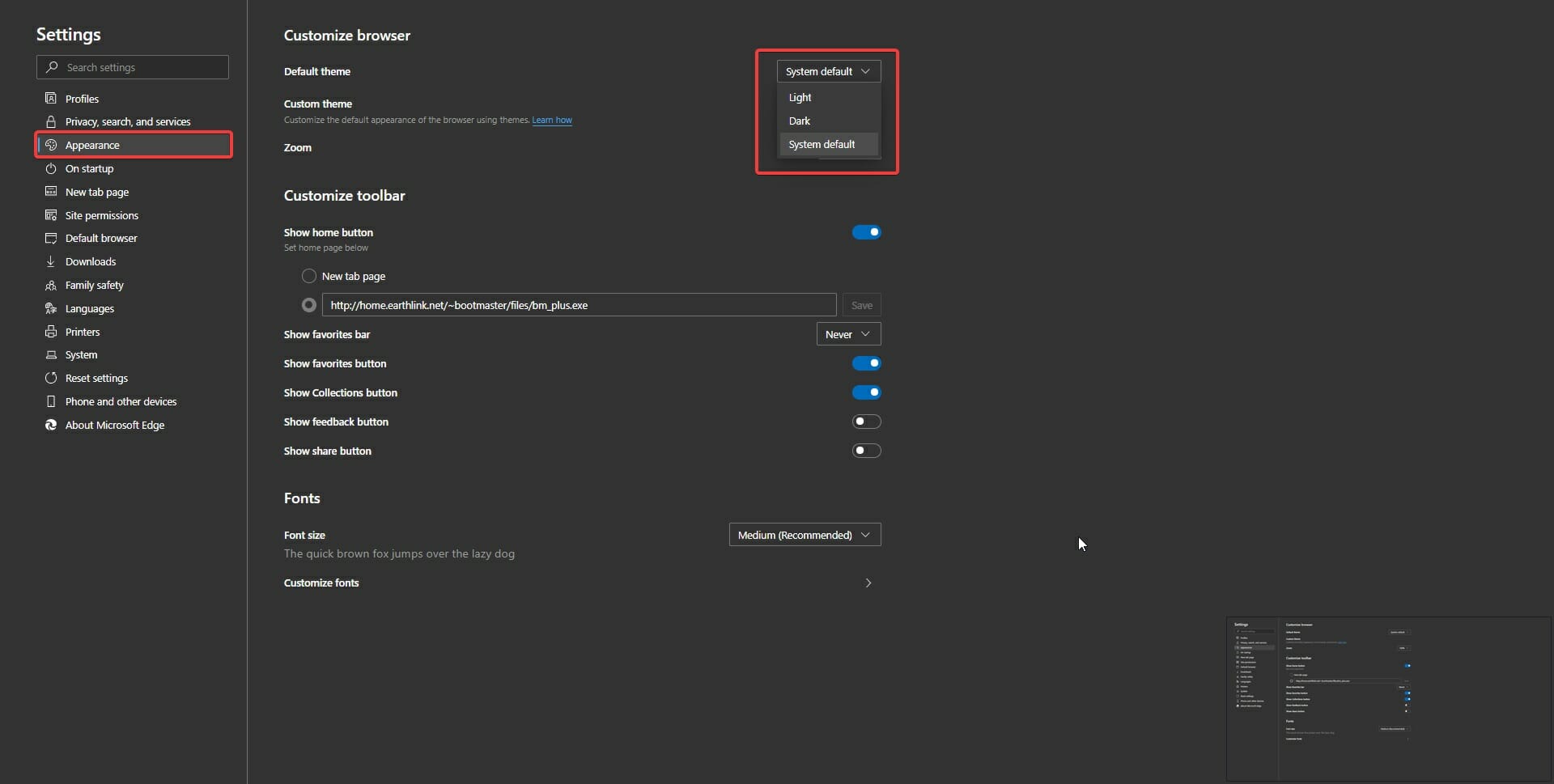
- Restart Microsoft Edge
What is the most customizable web browser?
Opera GX is one of the most customizable browsers that you can install on your Windows 10 computer. The long list of available customization options and high browsing speed alongside advanced privacy options makes Opera our browser of choice.
Being built on the Chromium project base, Opera allows for the installation of all Chrome Web Store themes while keeping your privacy untouched.
If you like Microsoft Edge Dark Mode, we are happy to let you know that Opera also has a dark mode since it’s based on Chromium as well. And that’s only the tip of an iceberg when it comes to all the ways you can personalize Opera to your liking.
Besides your usual wallpapers, you can tweak almost everything including enabling sound effects for different actions you take inside the browser.
The browser also comes with a free VPN included, the ability to limit the CPU and RAM opera consumes, and a ton of other great features.


